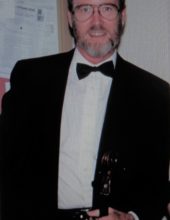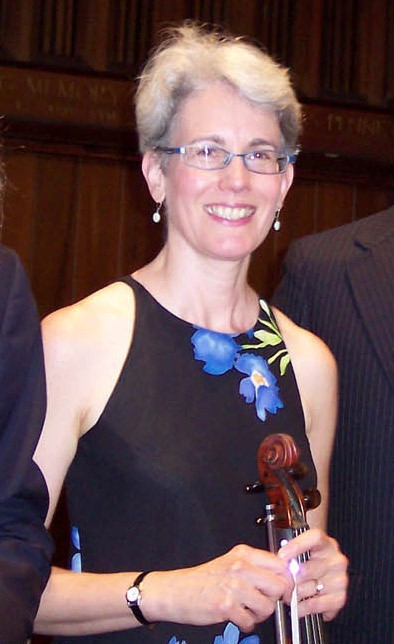VIOLA – Solo/Duo
Viola:
Bright Star Blue (9/28/21) for viola and piano – 5’45”. The piece is in three sections. The outer sections are jazzy, using glissandi, short chord sequences and chromaticism to influence mood and character. The middle section is more stable, relying on a steady, largely unchanging flow of thirds in sixteenth notes from the piano. MIDI performance.
Thy Hand Shall Hold Me for solo viola (10/9/20) – 3’00”. The piece is based on my reaction to part of Psalm 139 KJV. MIDI performance.
Jamboree Spring (4/21/13) for unaccompanied viola – 10’00”. This is a virtuoso work in four movements celebrating newness of life. “Awakening” is a dance-like romp with unexpected meter changes. “Cold Wet Mornings” explores various uses of double stops. It is somber and slow. “Emerging Greenery” also explores double stops in a slow movement interrupted by sudden, rapid outbursts, suggesting a contrast between slowly emerging dogwood blossoms versus the sudden appearance of leaves on crepe myrtles. “Profusion” is perpetual motion interrupted by playful pizzicato. The work celebrates Spring as the season of sudden growth. MIDI performance.
Play, Sing, Dance (2009) – 14’20”. The sonata is in three movements. The first, Play, is jazzy and light-hearted. Its form is somewhat like an arch, but the last two sections are reversed: ABCDCAB. The second movement, Sing, is meant to feel like an impromptu. It begins with fragments that find their way into a series of longer melodic segments, each with a slightly different character, but all based on the same material. The last movement, Dance, alternates between A and B sections, each repetition bringing a variation to the material.
Live performance. Hugh Partridge, viola, and Dr. James Schmidt, piano premiered Play, Sing, Dance on March 21, 2010, at Coastal Carolina Community College.

Ballroom Dances (2002) – 15’00”. There are three dances: swing, tango and waltz. “Hot to Trot” is jazzy and upbeat. “It Takes Two” is sultry and smoldering. “Getting Together” is romantic and lovely.
Live performance. Hugh Partridge, viola, and R. Michael Daugherty, piano, premiered Ballroom Dances on April 26, 2002, at Coastal Carolina Community College.
Hugh Partridge premiered Movements for Viola and Piano; Ballroom Dances; and Play, Sing, Dance.
He is shown here at about the time I met him in 1980.
Back on Track (1992) for violin and viola – 15’20”. Not currently available.
Live performance. Margaret and Hugh Partridge premiered Back on Track for the re-opening of the Page-Walker Hotel in Cary, NC, on April 5, 1992.

Margaret Partridge, violin
Movements for Viola and Piano (1980) – 11’00”. The first movement has three ideas: dense, dissonant chords from the piano alternating with solo passages for the violin, a fast and rhythmic dance with frequent use of double stops and a melodic dialog between violin and piano. The slow movement features a ground bass from the piano that is repeated in descending octaves. Above this, the violin plays an emotionally driven dirge. The finale is much brighter and positive in mood. It features long melodic lines that build to a series of climaxes leading to a cadenza and a final climactic ending.
Live performance. The work received its first performance on March 12, 1982, at Coastal Carolina Community College in Jacksonville, North Carolina, for the opening of the new Fine Arts Auditorium that was later renamed the Bodenheimer Auditorium. It was premiered by Hugh Partridge, Principal Viola with the North Carolina Symphony, with the composer at the piano.